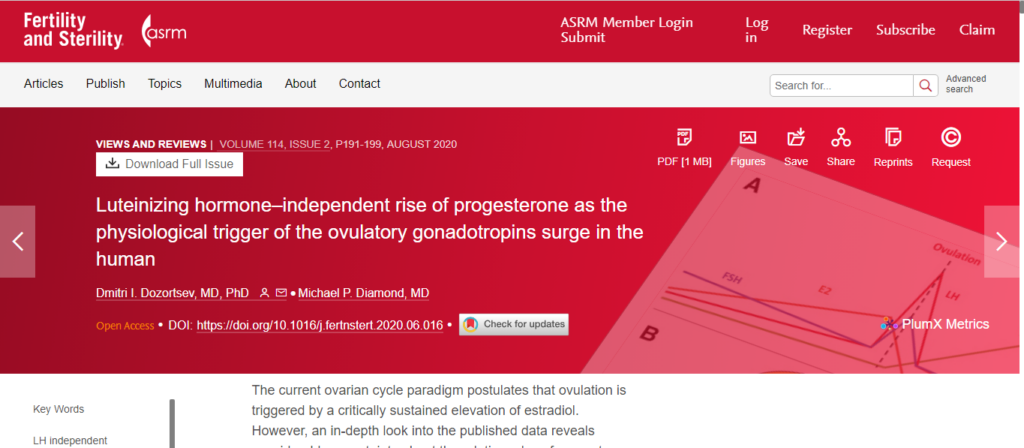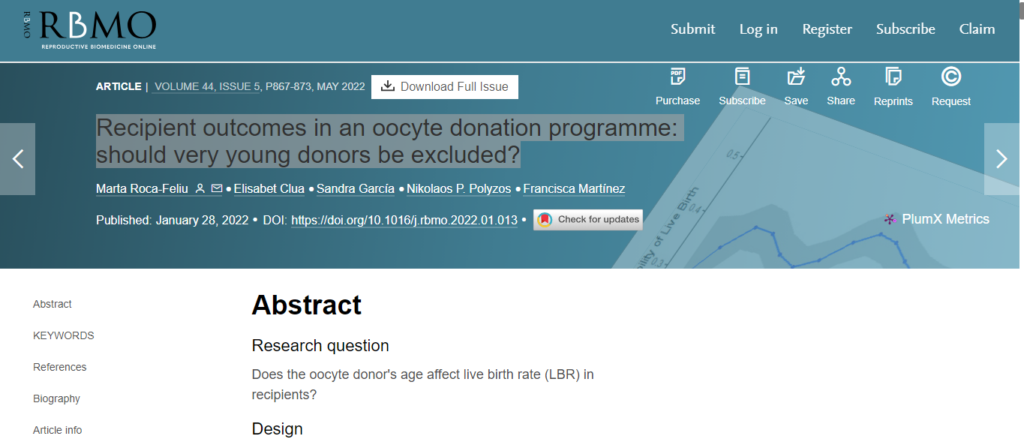Optimize Your IVF Success While Minimizing Risk
Elective Single Embryo Transfer for safer outcomes.
At Advanced Fertility Center of Texas, we believe that the goal of IVF is not just pregnancy — but a healthy, full-term baby and a safe experience for the mother. For many patients, especially those using genetically tested embryos (PGT-A) or under the age of 37, Elective Single Embryo Transfer (eSET) offers the best chance of achieving this outcome. Our personalized approach combines cutting-edge technology with careful patient selection.





